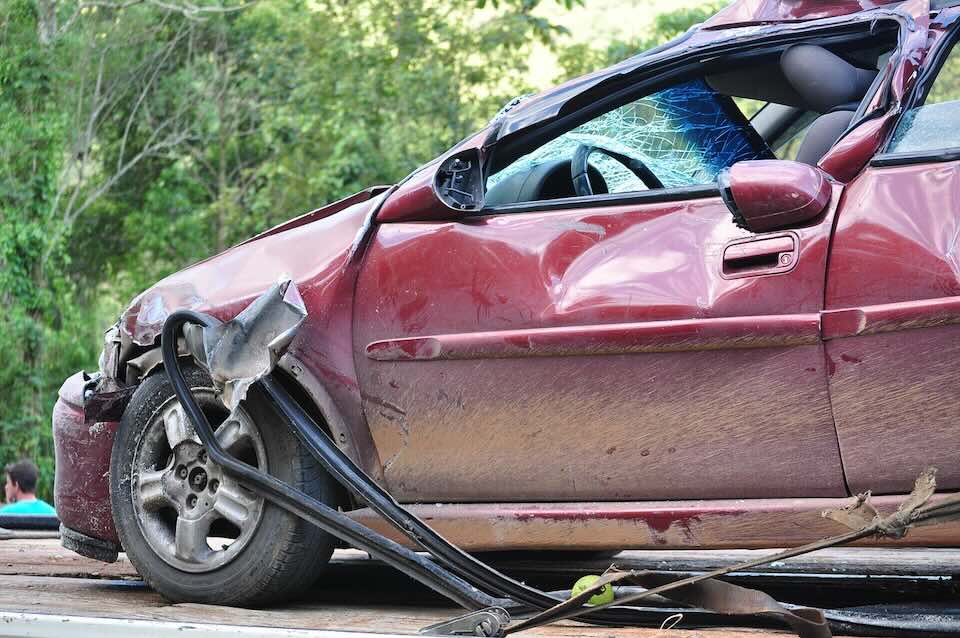
Car accidents don’t give you time to prepare. One moment, you’re driving home with dinner in the backseat. The next? You’re pulled in an accident, hazard lights flashing, heart racing, and wondering what just happened—and what happens next.
Who do you call? What do you do? How much is this going to cost?
These questions come fast. The answers? Not always simple. The insurance claim process for car accidents in Ontario can be just as overwhelming as the crash itself.
And in 2024, the province applied a 3.8% increase to monetary thresholds and deductibles (FSRAO update). That might sound like background noise—another policy update buried in bureaucratic language—but it has real consequences.
This change affects whether you may be eligible for compensation. And if you’re not paying attention, you might miss out on benefits you’re owed—or assume you have options that no longer apply.
First Steps After a Crash
Your priority is safety. Check for injuries, call emergency services if needed, and turn on your hazard lights. If the car can be moved, pull over safely.
Even minor accidents should be reported. If there’s vehicle damage or injuries, a police report is important—sometimes legally required, always helpful later.
Exchange info with the driver(s) involved: names, contact details, driver’s licence and licence plate numbers, and insurance policy information. If police respond, get the investigating officer’s details.
Reporting the Accident
In Ontario, you must notify your own auto insurance company within seven days of an auto accident. Sooner is better—delays can put your benefits at risk.
You’ll need to explain what happened, identify the parties involved, and describe the damages. From there, you’ll receive claim forms, typically from your insurance agent or claims adjuster. Take your time and be accurate. Mistakes here can slow things down—or result in a denial. Having a car accident lawyer on your side can make the difference between a fair result and a frustrating one.
What “No-Fault” Really Means
Ontario uses a no-fault insurance system—but don’t let the name confuse you. Fault still matters. You deal with your own insurance company first (direct compensation), even if the other driver caused the crash. But fault still gets assessed, and it can affect things like deductibles or premium increases.
If have injuries, you may also have the right to sue the at-fault driver. In these cases, understanding your policy coverage and having someone help determine liability becomes essential.
Repairs, Write-Offs, and Value Disputes
Your insurer will inspect the damage. If the vehicle can be repaired, they’ll direct you to a shop or let you choose. But if the cost to get the vehicle repaired exceeds the car’s value, it’s a write-off. You’ll get a payout based on the actual cash value—not the original price, not the replacement cost.
What Else You Might Be Entitled To
Accident claims aren’t just about car repairs. If you have injuries, you may qualify for accident benefits: income replacement, medical and rehab expenses, etc.
Not all insurers explain these benefits clearly. Some walk you through it. Others leave you guessing.
Understanding your full accident benefits in Ontario can help ensure you don’t miss out. You might be eligible for more than you think.
When to Call for Help
If your claim involves injuries, disputed fault, or pressure to settle, it may be time to get legal advice. We help clients with getting accident benefits and litigation.
